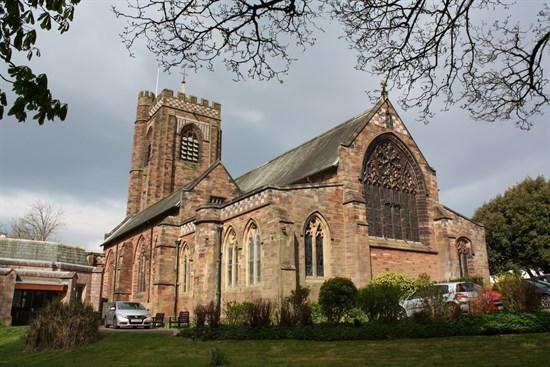Dalton-in-Furness
Former capital of Furness
Established in 1127, Furness Abbey grew in importance to become the second richest and most powerful Cistercian abbeys in England. Dalton was the secular headquarters and market for Furness Abbey. Its original form was linear, stretching from the castle along Market Street to Town End (present-day Tudor Square). Even after the dissolution of the Abbey in 1537, the market at Dalton was still important, but it lost its senior position to Ulverston, especially after outbreaks of plague in the 1620s and 1630s.
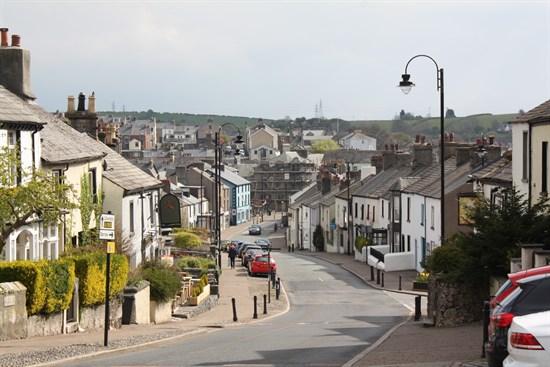
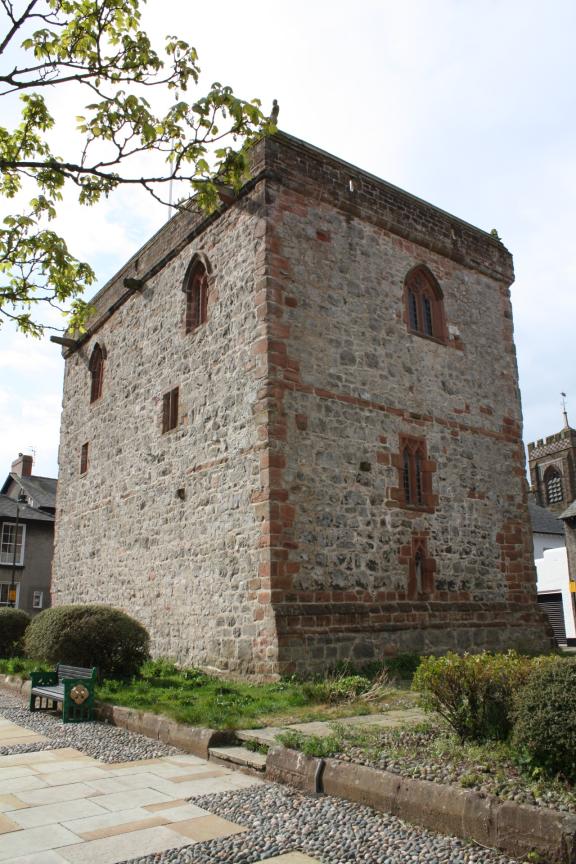
Dalton Castle
Looking down on Market Street is Dalton Castle, a 14th-century tower built to assert the authority of the abbot of Furness Abbey. The abbot administered justice here and the building contains a courtroom and jail. The abbot of Furness, aided by the region's isolation, became the virtual ruler of the community. His court at Dalton settled disputes, raised taxes or laid down the tithe work which villages had to perform for the Abbey e.g. repairing the dyke at Biggar on Walney. After the dissolution of the Abbey, it continued to be used as a jail until 1774 and courthouse until 1925. Today the building is run by the National Trust.
Archaeological treasure
In the last few years some intriguing and beautiful objects have been discovered in Dalton-in-Furness. The most puzzling is a very rare hoard of Chinese coins found in Dalton by a metal detectorist. One of 107 coins and 1 fragment were discovered in 2012. The value of the hoard in the reign of Daoguang (1821-1850) wasn't high and has been estimated to have been worth just 2.74kg of rice. Due to the heavy weight of the coins and their quantity, it is more likely they were deliberately abandoned or deliberately buried. Some of the coins are on display in the museum.
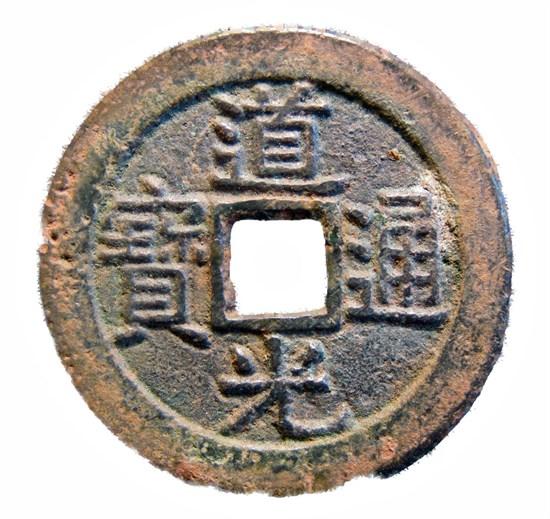
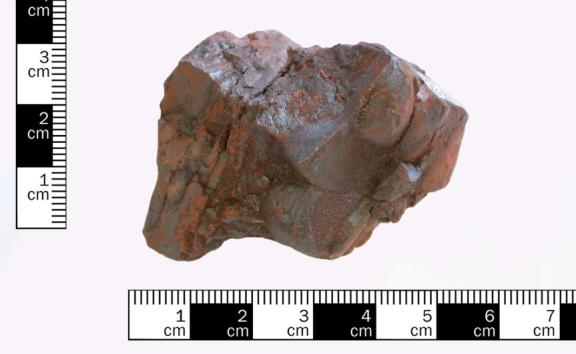
Iron ore
The rich haematite of Furness had been known since at least medieval times, and 17th century workings at Lindal and Dalton regularly exported ore to various parts of the country. By the 18th century iron ore was taken to the safe harbour at Barrow to smelting works in Wales and the Midlands. As the Industrial Revolution gathered pace, Furness haematite was increasingly in demand; 11,000 tons were raised in 1800, 75,000 tons in 1840.
The discovery of a massive iron deposit at the Park mine, near Barrow led to the building of the building of iron and steelworks in Barrow. This was the engine which was to drive Barrow’s growth for the next thirty years. Dalton's fortunes declined and by 1866 the new town of Barrow had outstripped its old guardian Dalton and Barrow formed its own municipality. The new borough, eventually took in areas which had originally been left within Dalton – Walney in 1872, Yarlside in 1875 and Rampside in 1881. Today Dalton lies within the Borough of Barrow-in-Furness.
George Romney
George Romney (1734-1802) was born at Dalton, at Beckside. As a youth he lived at High Cocken, to where his parents had moved. Apprenticed to an artist at Kendal, he later studied at London, Paris and Rome. He was one of the foremost portrait painters of his era. His grave is in the churchyard of St Mary's Church.
